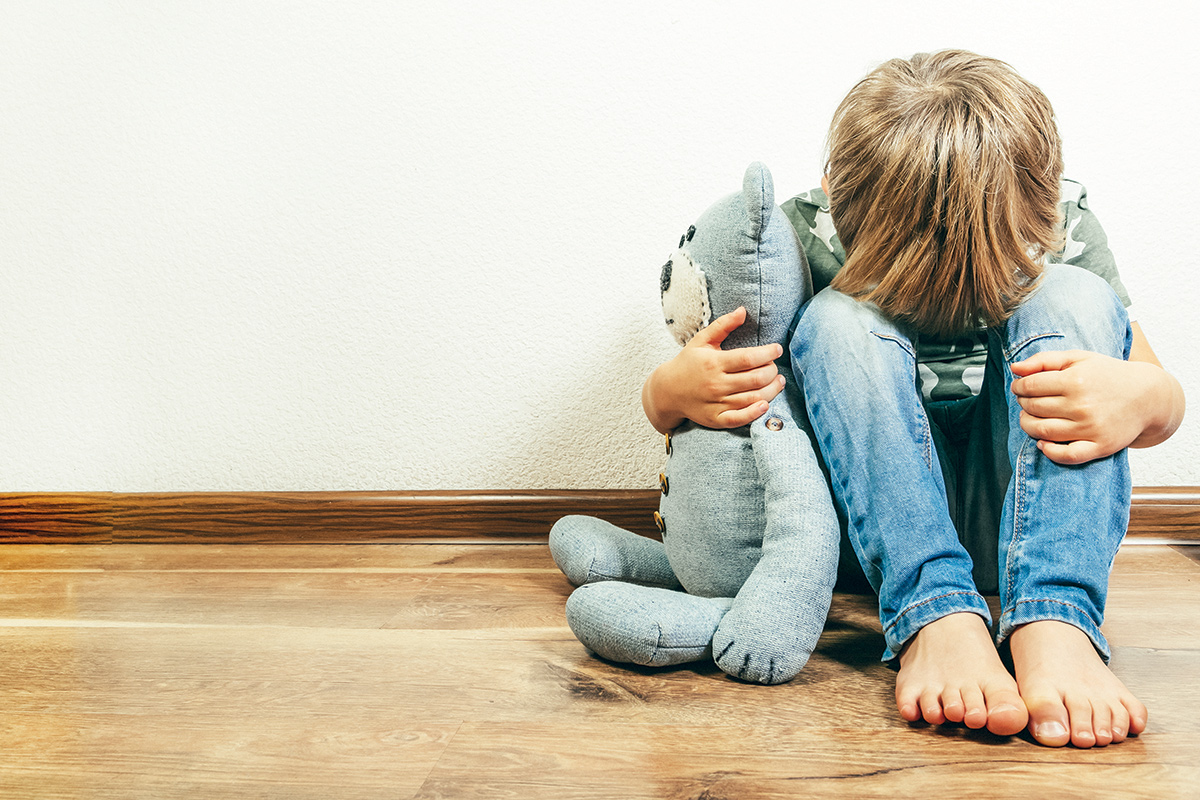Reactive Attachment Disorder: Symptoms, Causes, Treatment
What are the symptoms of reactive attachment disorder?
Reactive Attachment Disorder (RAD) is a rare but serious condition that can affect young children who have not formed healthy attachments with their primary caregivers. It is typically seen in children who have experienced neglect, abuse, or other traumatic experiences early in life. The symptoms of RAD can vary depending on the child’s age and the severity of the condition, but common symptoms may include:
- Avoidance of Physical Contact: Children with RAD may avoid physical contact, such as hugs or cuddling, with their caregivers.
- Resistance to Comfort: They may resist or show little response to attempts by caregivers to comfort them when upset or distressed.
- Indiscriminate Attachment: Some children with RAD may show a lack of preference for familiar caregivers over strangers, or they may seek attention from unfamiliar adults.
- Difficulty Forming Relationships: Children with RAD may have difficulty forming and maintaining relationships with peers and adults.
- Anger and Aggression: They may exhibit anger, aggression, or disruptive behavior, especially in response to attempts to establish or maintain a bond with a caregiver.
- Withdrawal or Apathy: Some children with RAD may appear withdrawn, apathetic, or disinterested in social interactions.
- Control Issues: They may exhibit controlling behavior, such as demanding or bossy behavior, as a way to cope with feelings of insecurity.
- Developmental Delays: Children with RAD may experience delays in their physical, emotional, or social development.
It’s important to note that these symptoms can also be present in children with other developmental or mental health conditions, so a comprehensive evaluation by a mental health professional is necessary for an accurate diagnosis. Early intervention and appropriate treatment can help children with RAD develop healthy attachment relationships and improve their overall well-being.
What are the causes of reactive attachment disorder?
Reactive Attachment Disorder (RAD) is believed to be caused by a lack of healthy attachments with caregivers during early childhood, typically due to neglect, abuse, or other traumatic experiences. The exact causes of RAD are not fully understood, but several factors may contribute to its development, including:
- Early Trauma or Neglect: Children who have experienced neglect, abuse, or other traumatic experiences early in life are at higher risk of developing RAD. These experiences can disrupt the development of healthy attachment relationships.
- Disrupted Attachment with Caregivers: RAD can occur when a child’s primary caregivers are consistently unavailable, unresponsive, or unable to meet the child’s basic needs for comfort, affection, and security.
- Multiple Caregiver Changes: Frequent changes in caregivers or placements, such as in foster care or institutional settings, can disrupt the formation of stable attachments and increase the risk of RAD.
- Maternal Depression or Mental Illness: Maternal depression or mental illness can interfere with a mother’s ability to form a secure attachment with her child, increasing the risk of RAD.
- Prenatal Factors: Factors that affect the prenatal environment, such as maternal substance abuse, exposure to toxins, or maternal stress, may also contribute to the development of RAD.
- Genetic and Temperamental Factors: Some research suggests that genetic and temperamental factors may play a role in the development of RAD, but more research is needed to understand these relationships.
It’s important to note that while these factors may increase the risk of developing RAD, not all children who experience these factors will develop the disorder. Early intervention and support for children who have experienced trauma or disrupted attachments can help prevent or mitigate the effects of RAD.
What is the treatment for reactive attachment disorder?
Treatment for Reactive Attachment Disorder (RAD) typically involves a combination of therapeutic approaches aimed at helping the child develop healthy attachment relationships and addressing underlying emotional and behavioral issues. The goal of treatment is to promote the child’s emotional and social development and improve their overall well-being. Some common treatment approaches for RAD include:
- Attachment-Based Therapy: This type of therapy focuses on building a secure attachment between the child and their primary caregiver. It may involve techniques such as play therapy, where the caregiver learns to respond sensitively to the child’s cues and needs.
- Trauma-Focused Therapy: Children with RAD may benefit from therapy that addresses past traumatic experiences and helps them process and cope with their feelings. This may include cognitive-behavioral therapy (CBT) or trauma-focused cognitive-behavioral therapy (TF-CBT).
- Parenting Skills Training: Caregivers of children with RAD may benefit from training in parenting skills that promote secure attachment and help manage challenging behaviors. This may include learning effective communication strategies, setting limits and boundaries, and providing a safe and nurturing environment.
- Family Therapy: Family therapy can help improve communication and relationships within the family and provide support for both the child and their caregivers.
- Medication: In some cases, medication may be prescribed to help manage symptoms such as anxiety, depression, or hyperactivity that may be associated with RAD. However, medication is typically used in conjunction with other forms of therapy.
- Support Services: Children with RAD and their families may benefit from additional support services, such as respite care, support groups, and case management services.
It’s important for treatment to be individualized based on the child’s specific needs and circumstances. Early intervention and consistent, supportive care are key to helping children with RAD develop healthy attachments and improve their emotional and behavioral functioning.




